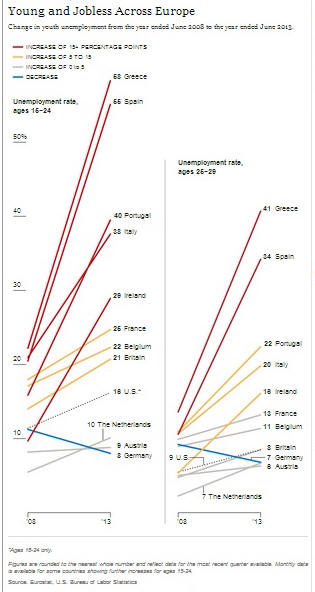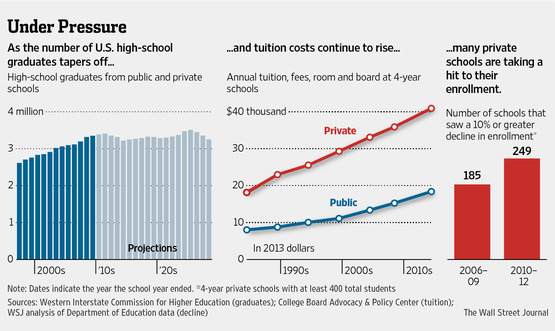Helicopter parents have graduated to become “snowplow” parents to their college children.
Everyone has heard of parents who do their grade schooler’s science project or are overly involved in their kids’ social lives. But the infamous helicopter parents, hovering over their younger children, are now transitioning into so-called snowplow parents, trying to smooth a path for their kids even after they’ve started college.
Aided by technology, some parents are overly involved in the lives of their college children, who “are not developing the skills they need to become fully functioning adults”.
“Teacup” students have never been allowed to fail.
“Parents have the delusion that what they’re doing is helping,” she said, “but it’s okay to let your kid fail in safe circumstances.”
College has always been, in part, an education in separation, a time of transitioning from adolescent to adult. But some administrators say they see greater parental involvement postponing that.
“It’s to the point where some of our students not only have never experienced adversity before, but they have no idea how to deal with it when they do face it,” says Chebator. “What to most people might be a relatively minor issue becomes a major life crisis.”
Such students are referred to as “teacups.” “They’re so fragile, they break easily,” he says.
“Helping or Hovering? The Effects of Helicopter Parenting on College Students’ Well-Being“ is a study that examined over-controlling parenting of college students.
… Students who reported having over-controlling parents reported significantly higher levels of depression and less satisfaction with life. Furthermore, the negative effects of helicopter parenting on college students’ well-being were largely explained by the perceived violation of students’ basic psychological needs for autonomy and competence.
“ Are Kids Too Coddled?“ is the question asked by Frank Bruni in the New York Times. Given the “Bubble-Wrapped” environment parents have created for their children, he believes we may be “paying the price of having insulated kids from blows to their egos and from the realization that not everyone’s a winner in every activity on every day“.
“Our students have an inflated sense of their academic prowess,” wrote Marc Tucker, the president of the National Center on Education and the Economy, in Education Week. “They don’t expect to spend much time studying, but they confidently expect good grades and marketable degrees.”
Doing well in school can be stressful and often requires hard work.
Aren’t aspects of school supposed to be relatively mirthless? Isn’t stress an acceptable byproduct of reaching higher and digging deeper? Aren’t certain fixed judgments inevitable? And isn’t mettle established through hard work?
Doing well or even simply surviving in life often requires hard work. Whether we label it helicoptering or snowplowing, failing to teach that lesson does no favors for our children.
Related:






